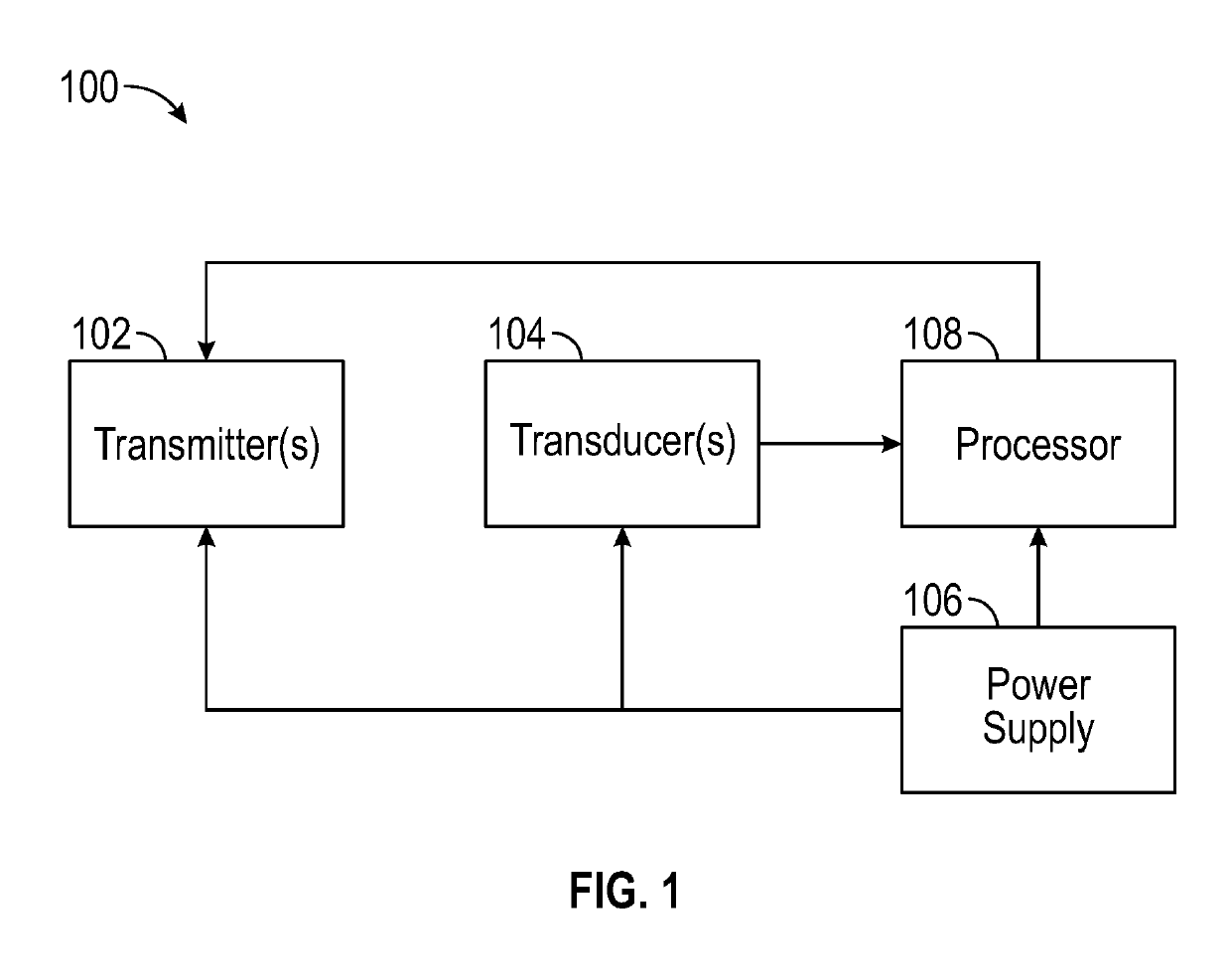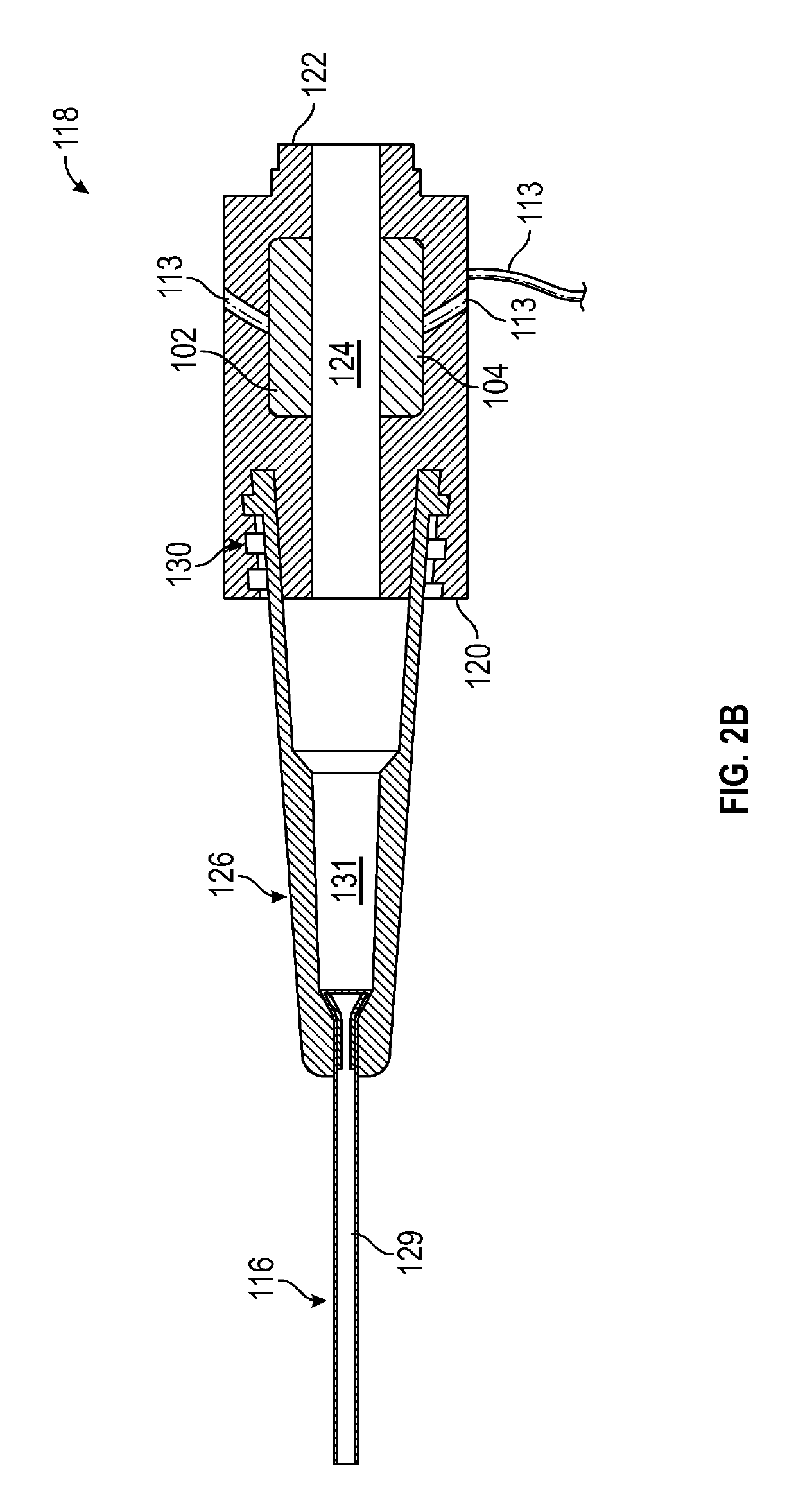Systems and methods to prevent catheter occlusion
a technology of system and method, applied in the field of systems and methods to prevent catheter occlusion, can solve the problems of catheter infection, catheter infection, post-thrombotic syndrome, etc., and achieve the effect of preventing blood from clotting or sticking
- Summary
- Abstract
- Description
- Claims
- Application Information
AI Technical Summary
Benefits of technology
Problems solved by technology
Method used
Image
Examples
Embodiment Construction
[0031]The presently preferred embodiments of the described invention will be best understood by reference to the Figures, wherein like parts are designated by like numerals throughout. It will be readily understood that the components of the present invention, as generally described and illustrated in the Figures herein, could be arranged and designed in a wide variety of different configurations. Thus, the following more detailed description of the embodiments, represented in FIGS. 1 through 5, is not intended to limit the scope of the invention, as claimed, but is merely representative of some embodiments of the invention.
[0032]Generally, the present disclosure relates generally to prevention of IV catheter occlusion. In particular, the present disclosure relates to devices, systems, and associated methods to prevent IV catheter occlusion. Referring now to FIG. 1, in some embodiments, a self-diagnosing catheter assembly or system 100 may include one or more transmitters 102, which...
PUM
| Property | Measurement | Unit |
|---|---|---|
| frequency | aaaaa | aaaaa |
| frequency | aaaaa | aaaaa |
| frequency | aaaaa | aaaaa |
Abstract
Description
Claims
Application Information
 Login to View More
Login to View More - R&D
- Intellectual Property
- Life Sciences
- Materials
- Tech Scout
- Unparalleled Data Quality
- Higher Quality Content
- 60% Fewer Hallucinations
Browse by: Latest US Patents, China's latest patents, Technical Efficacy Thesaurus, Application Domain, Technology Topic, Popular Technical Reports.
© 2025 PatSnap. All rights reserved.Legal|Privacy policy|Modern Slavery Act Transparency Statement|Sitemap|About US| Contact US: help@patsnap.com



